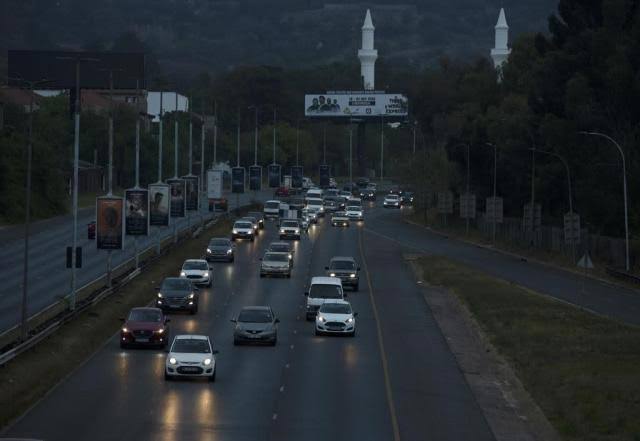South Africa, which happens to be the continent’s most developed economy is experiencing unprecedented levels of nationwide blackouts.
The troubled state-owned power utility Eskom, which produces about 95 percent of the country’s electricity, is implementing scheduled, rolling blackouts in an attempt to save electricity, while struggling to keep its ageing and poorly maintained, coal-fired power stations operational.
Eskom had started implementing Stage 6 power cuts, a level that means businesses and homes go without electricity for more than 10 hours a day. The company has since reduced the level to Stage 5, which requires South Africans to go without power for up to eight hours a day.
“It is very difficult to understand what will happen next,” Jannie Rossouw, an economist at Johannesburg’s University of The Witwatersrand, said. “Will load-shedding stages decline over time going forward, will we go back to Stage 6, or might we even move beyond Stage 6 in months to come?”
“It is really just about impossible for the general public and businesses in South Africa to plan if Eskom cannot plan its capacity,” Rossouw said.
MTN South Africa chief technology and information officer Michele Gamberini said it was currently using upgraded power backup batteries to keep its cellphone towers operating, but that prolonged blackouts could lead to loss of services.
Eskom is in a race against time to procure additional capacity from renewable energy sources like wind and solar through independent power producers. It has announced a programme to urgently procure at least 1,000 megawatts of electricity from the private sector to ease the burden of the blackouts.
“We really regret the way in which our energy provision that is coming from Eskom is upsetting both our households and the economy,” Public Enterprises Minister Pravin Gordhan said on the ‘Newzroom Afrika’ news channel. “But this is the Eskom we inherited, this is the Eskom we’re trying to fix very hard.”












